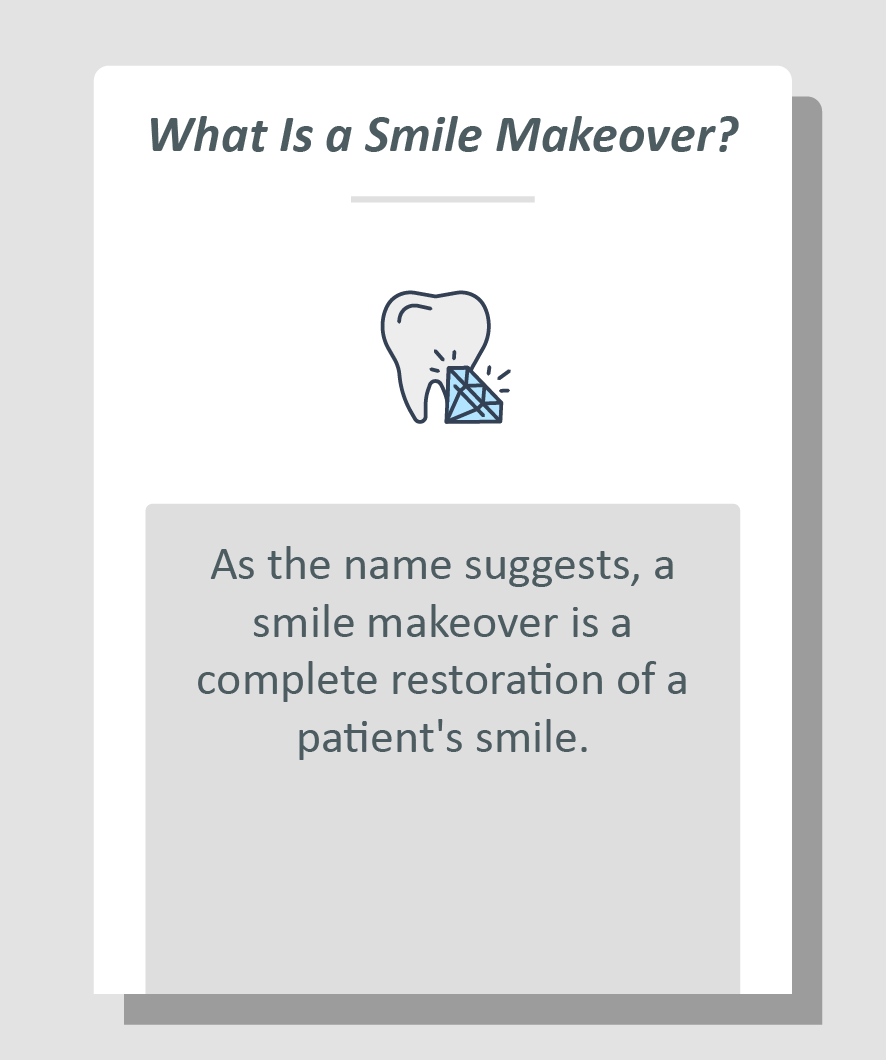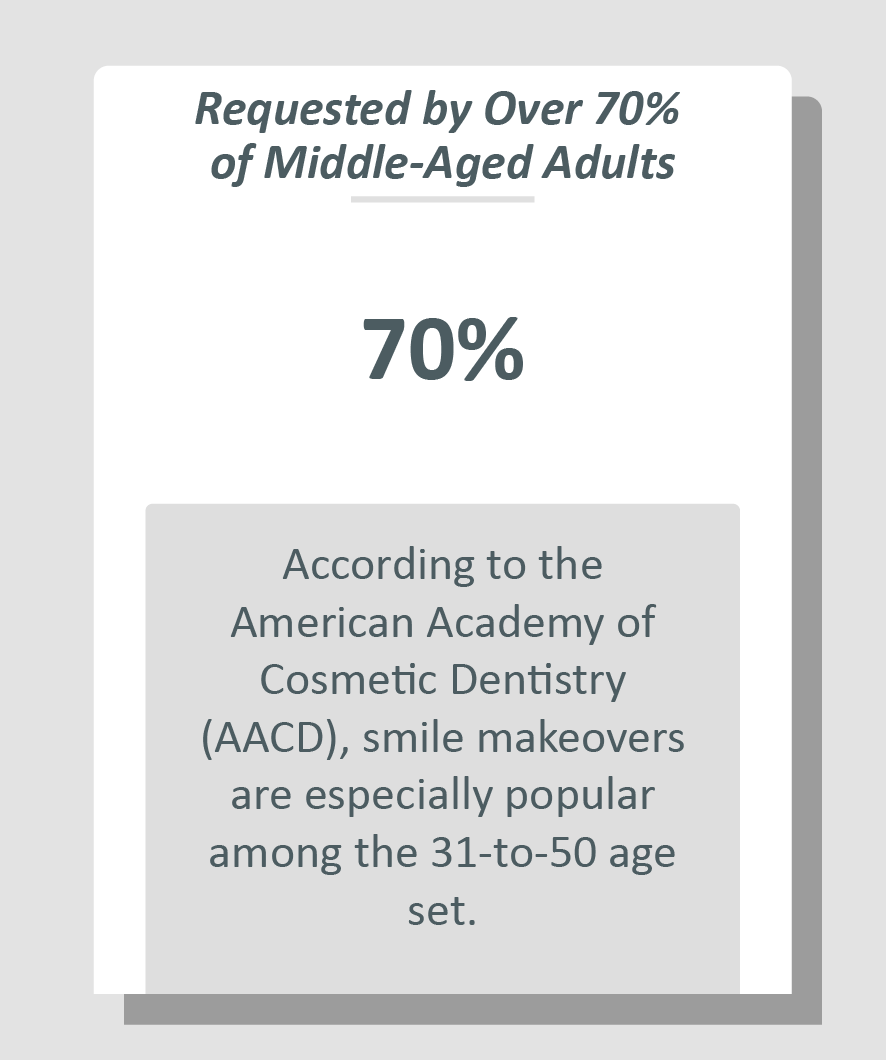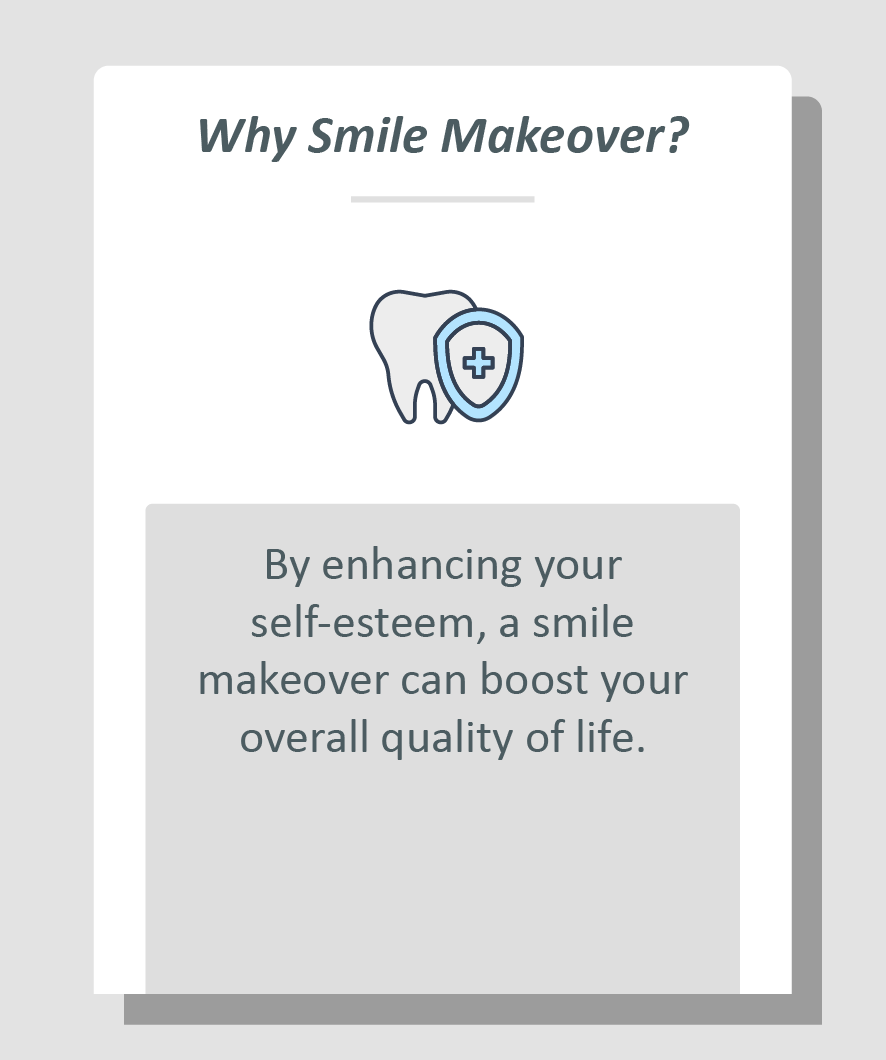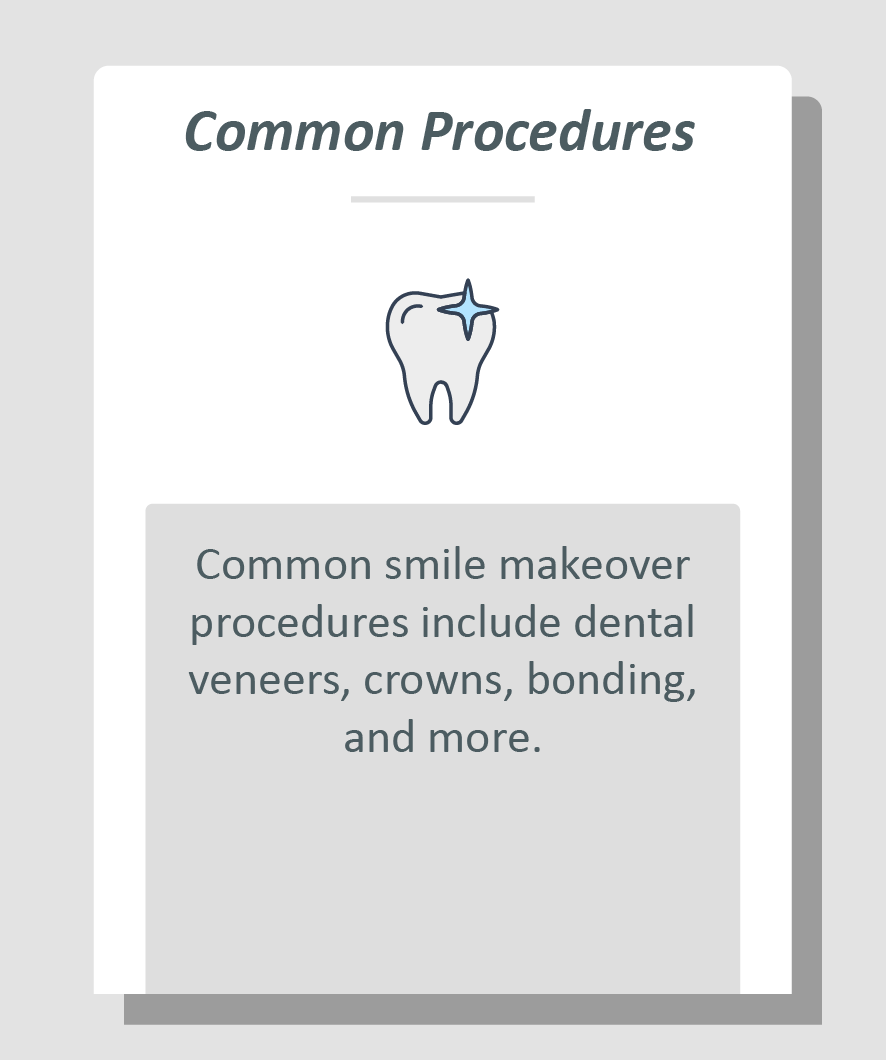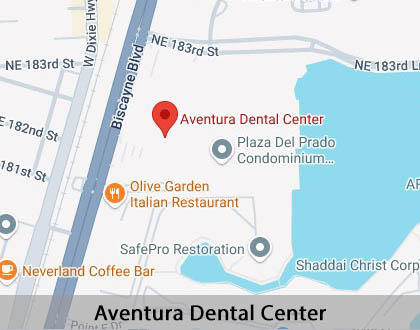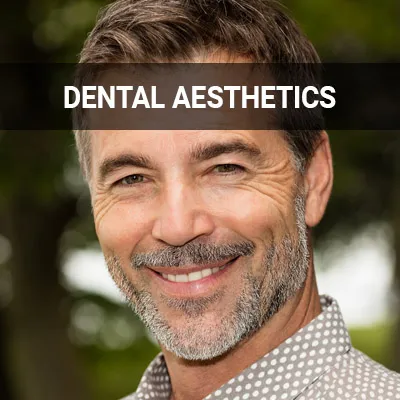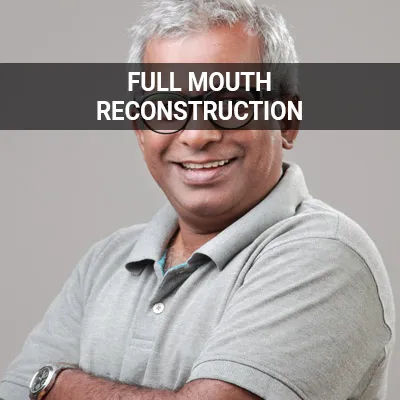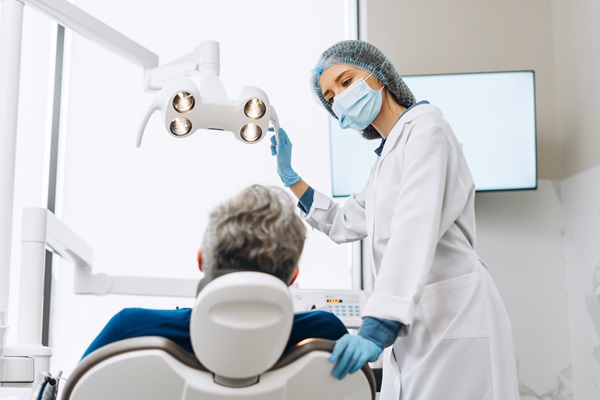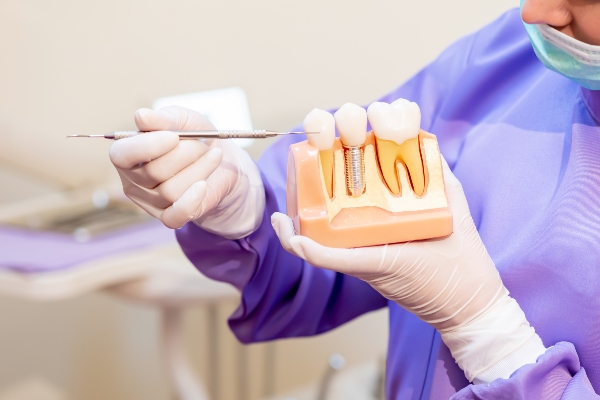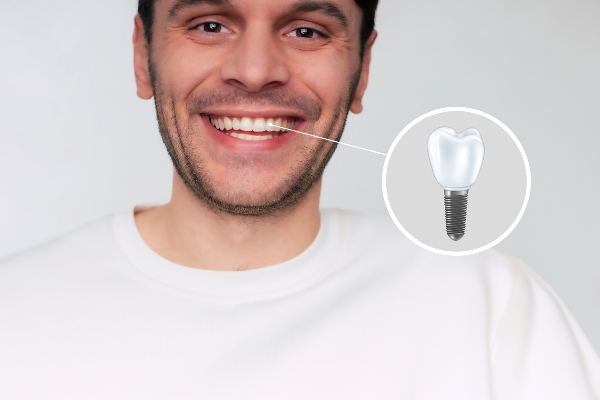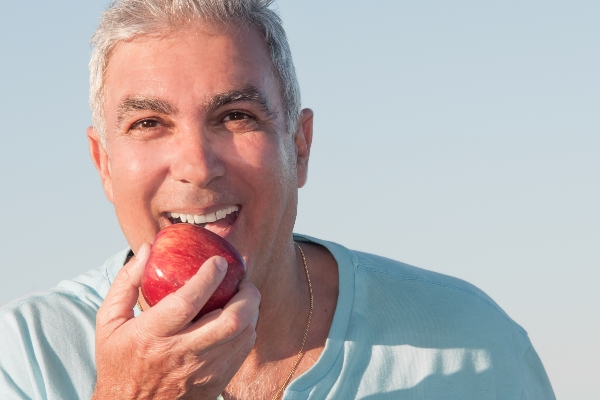Smile Makeover Aventura, FL
If you are unhappy with your smile's appearance, a smile makeover can help. Smile makeovers involve a combination of at least two cosmetic dental procedures. People can choose from various procedures to achieve a more beautiful smile.
Smile makeovers are available at Aventura Dental Center in Aventura and the surrounding area. Our team can help determine which procedures are right for your needs. Call us today at (305) 677-0511 to schedule an appointment or learn more about our services.
Candidates for a Smile Makeover
A good candidate for a smile makeover is someone who is not satisfied with their smile. They may lack confidence in the appearance of their teeth. Other people who may want to consider a makeover of their smiles are those who are having functional issues.
Misshapen teeth, crooked teeth, and gaps in the mouth can affect speech and cause other complications such as difficulty and pain when chewing. People can choose to have a smile makeover for many reasons. Our team can create a customized treatment plan according to each patient's unique needs and goals.
“A good candidate for a smile makeover is someone who is not satisfied with their smile.”
Dental Care Plan After the Makeover
The procedures in a smile makeover require regular oral hygiene care and may need maintenance over time. For example, teeth whitening is not a permanent treatment. Patients will need touch-up treatments to maintain their results. While it is always important to practice good oral hygiene, it is especially important after a smile makeover.
Proper maintenance and care will help prevent future dental issues and previous problems from reappearing. Our team will provide patients with tips and instructions on how to maintain their new smile after. Tips for maintaining a newly restored smile include brushing and flossing multiple times daily and visiting the dentist for professional cleanings on a regular basis. Certain procedures require special care, so it is important to follow the instructions precisely.
“While it is always important to practice good oral hygiene, it is especially important after a smile makeover.”
Dental Treatments for a Smile Makeover
After examining the patient's teeth, we will develop a customized treatment plan to address their unique needs. Smile makeovers involve a minimum of two procedures. There are numerous treatment options to choose from depending on the patient's issues.
Some of the most common dental treatments include veneers, bonding, implants, teeth whitening, crowns, and bridges. People who are interested in receiving a smile makeover should contact us to learn about the available options. A smile makeover can correct various cosmetic issues, such as gaps, stains, and crooked, missing, or uneven teeth. We provide comprehensive and custom treatments to help smiles look their best.
“Some of the most common dental treatments include veneers, bonding, implants, teeth whitening, crowns, and bridges.”
Check out what others are saying about our dental services on Yelp: Smile Makeover in Aventura, FL
Reasons to Get a Smile Makeover
Certain lifestyle choices can adversely affect the appearance and function of a smile. One lifestyle choice that can affect the appearance of teeth is smoking. According to Healthline, the nicotine and tar in cigarettes can cause teeth to become yellowed and stained. Additionally, people who smoke are also at higher risk of gum disease, further damaging teeth.
People should also avoid eating and drinking sugary foods and beverages. The sugar feeds the bacteria, which produce acid that can also damage teeth, causing cavities to form or erosion to occur. Fortunately, a smile makeover can give people a fresh start and a new smile. It is important for people who receive a smile makeover to change their lifestyle and make healthy choices to maintain a healthy, beautiful smile.
“Certain lifestyle choices can adversely affect the appearance and function of a smile.”
Questions Answered on This Page
Q. Who can get a smile makeover?
Q. How should people take care of their teeth after a smile makeover?
Q. What dental treatments are possible in a smile makeover?
Q. What substances and habits may cause someone to get a smile makeover?
People Also Ask
Q. What are the benefits of dental implants?
Q. Why should I get a dental crown?
Q. What are the benefits of dental bridges?
Q. What do I need to know before starting the search for a dentist?
Q. What are some examples of purely cosmetic procedures?
Q. How should you choose the right treatment and cosmetic dentist?
Frequently Asked Questions
Q. Is a smile makeover the same as full mouth rejuvenation?
A. No, it is not. Full mouth rejuvenation uses many of the same cosmetic methods as a makeover, but it also consists of general and restorative services, such as TMJ or gum disease treatment. A smile makeover is more cosmetic based and is a less extensive process.
Q. What are the most common procedures used for a smile makeover?
A. Every situation is different, but certain procedures are used more commonly than others. These include veneers, tooth-colored fillings, bonding, and gum contouring. Teeth whitening is probably the most commonly used method.
Q. How long does a makeover take?
A. The overall timeframe of a smile makeover varies greatly based on the types and number of procedures. Some methods, like teeth whitening, take one visit. Many of the procedures require at least two visits, and some are spaced weeks apart. Dental implants usually take the longest, as it takes numerous steps. The whole process can take months to complete.
Q. Is there recovery time after a smile makeover?
A. Many of the procedures do not require recovery time. Others, such as implants, may include some discomfort and swelling after the procedure. Patients may need to restrict physical activity and temporarily change eating habits until healing is complete. Our team will provide patients with instructions and tips to recover after treatment.
Q. What aspects does the dentist consider when planning a smile makeover?
A. We consider many features besides the general state of your teeth and gums. Detailed aspects of the teeth, such as their size, color, and shape, are factored in; along with the condition of the gums. The dentist also looks at the different features of the face and the patient's skin tone, which makes a makeover especially effective.
Cosmetic Dentistry Terminology
Call Us Today
If you want to improve your smile's appearance, a smile makeover may be right for you. Aventura Dental Center can help. Call us today at 305-677-0511 to learn more about our services or schedule an appointment.
Helpful Related Links
- American Dental Association (ADA). Glossary of Dental Clinical Terms. 2024
- American Academy of Cosmetic Dentistry® (AACD). Home Page. 2024
- WebMD. WebMD’s Oral Care Guide. 2024
About our business and website security
- Aventura Dental Center was established in 1990.
- We accept the following payment methods: American Express, Cash, Check, Discover, MasterCard, and Visa
- We serve patients from the following counties: Miami-Dade County
- We serve patients from the following cities: Aventura, Sunny Isles Beach, North Miami Beach, North Miami, Hallandale Beach, and Bal Harbour
- National Provider Identifier Database (1750409025). View NPI Registry Information
- Healthgrades. View Background Information and Reviews
- Norton Safe Web. View Details
- Trend Micro Site Safety Center. View Details
Back to top of Smile Makeover

